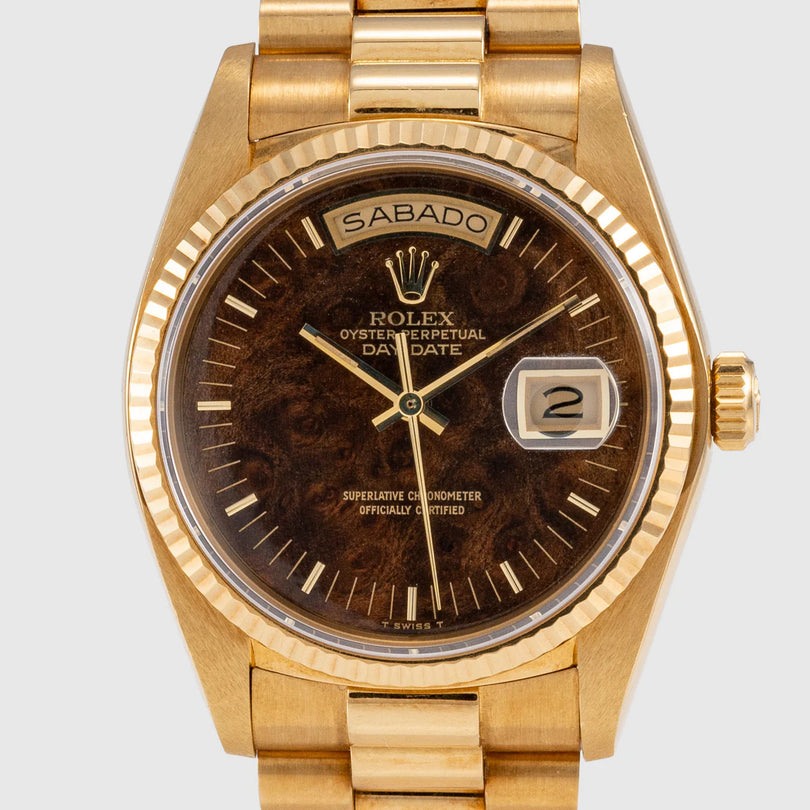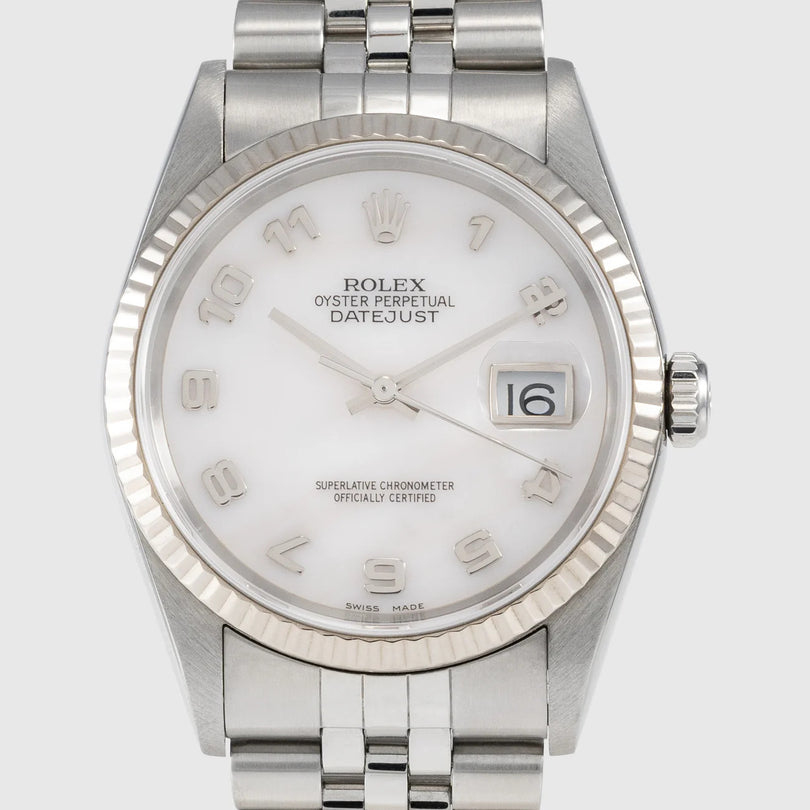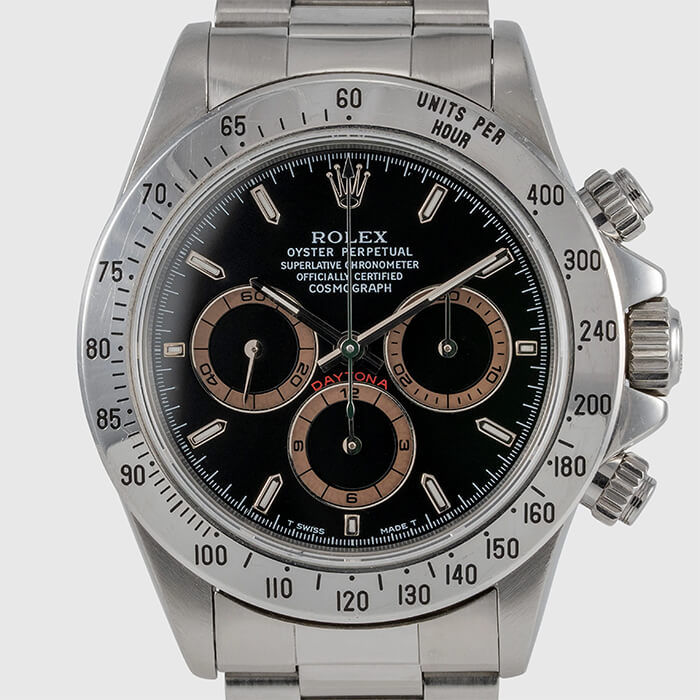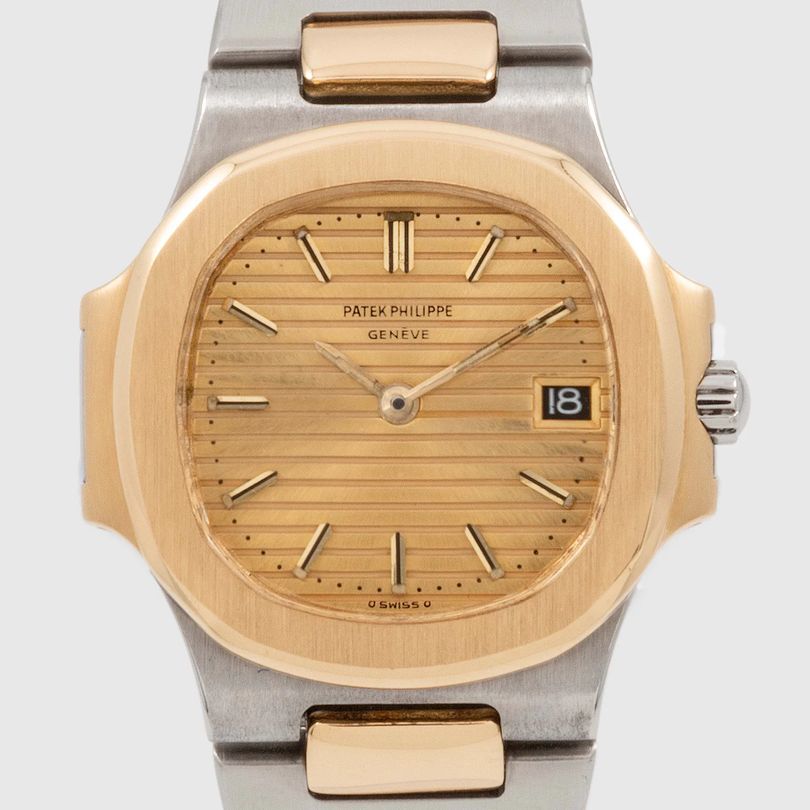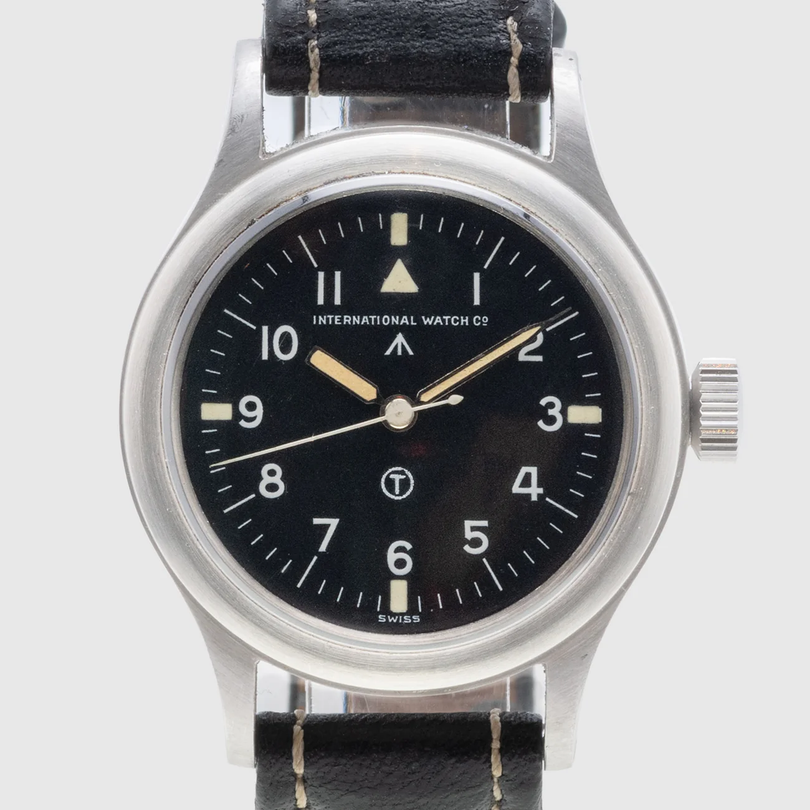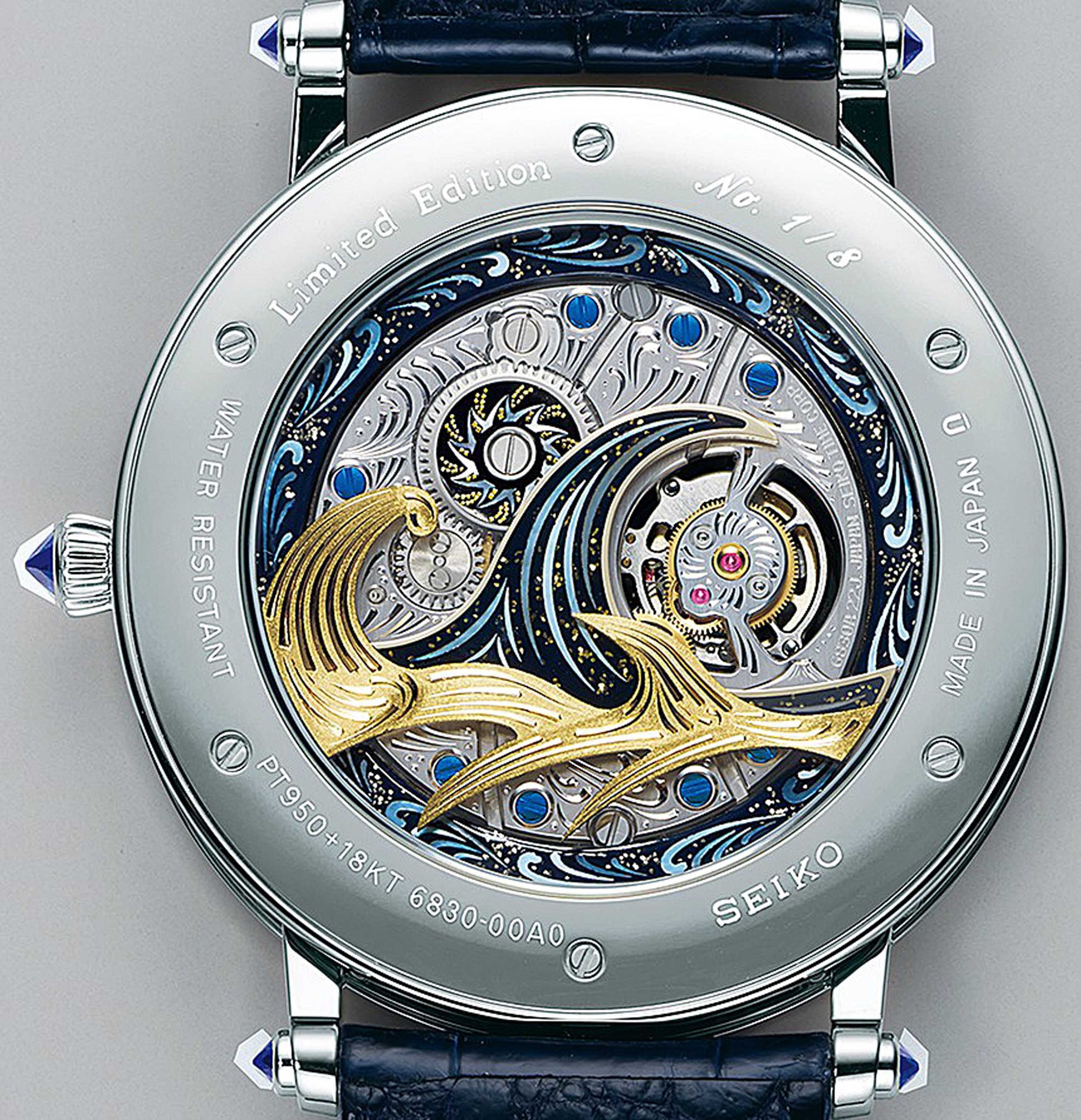In last month’s issue, I discussed what makes the Rolex ‘President’s Watch’ such a potent symbol of power, and on this issue, I want to probe a little deeper into the same theme. The story of how this iconic brand became what it is today deserves a few more words.
Right from the outset Hans Wilsdorf, founder, and visionary, had big plans for Rolex.
He never made a hasty or careless business move. Even deciding on the name “Rolex” was a flash of inspiration on a London bus that came only after the idea had percolated in his mind for a long time. I had to be just perfect – memorable, international, and grand.
It was in the mid-1950’s, however, that a strategic advertising campaign set the bar for luxury timepieces – in fact, I would go as far as to say that it set the bar in terms of timing and placement for any luxury brand.
The wheels were set in motion when discreet gifts were made by Rolex to carefully selected men of power, including US and British Presidents Eisenhower and Churchill. History reveals that very carefully-worded letters were exchanged, assuring that there were “no commercial aspects whatsoever” attached to the gifts.
It was part of the Rolex master plan. This was no ordinary timepiece, and it had a great destiny.
Just a few short years later, in 1956, Rolex capitalized on their ‘Presidential’ prestige with an audacious advertising campaign entitled: “Men who guide the destinies of the world wear Rolex watches.” Full page spreads occupied the pages of important newspapers around the globe. They were designed to be unmissable.
Staying true to their word, the advertisements never mention specific names, but the implications are bold and unmistakable. Part of the copy reads: “We cannot mention their names. It would not be fitting to do so, for the include royalty, the heads of States, great statesmen, service chiefs – the people who feel the pulse of our times.”

The best advertising campaigns appeal to people on deeply psychological level – in a way they become self-fulfilling prophecies.
In the public eye, Rolex became the watch that lived up to the highest expectations. It was seen on the wrists of those that made the news and changed the world.

When Dr. Martin Luther King Jr. met with President Lyndon Johnson in the White House in Washington D.C. to negotiate a world-changing civil rights decision – both men were wearing Rolex. In fact, President Johnson is famous for always wearing his yellow-gold Rolex, and is, at least in part, responsible for the naming of the “presidential bracelet.”
Then there were the explorers and adventurers who conquered the tallest peaks and the depths of the ocean – including the great explorer Jacques Cousteau who also won an academy award for his documentary Le Monde Du Silence (The Silent World). Rolex was part of the story once again – the Submariner was working hard.
But Rolex had already become far more than just a tool watch for adventurers. It was now a symbol of triumph and power.
When Prince Andrew got engaged to Sarah Fergusson – Rolex was there, even if only in a subliminal way. When Prince Harry, third in line to the British crown, was shown in popular media looking dapper in his military fatigues – I couldn’t help but notice the stainless steel Rolex Explorer II with the white dial on his wrist
Ever since those early days, Rolex has been no stranger to the world of powerful and influential people. How much of this was due to those strategic advertisements? We can’t say for certain.
Of course, the most important decisions that shape the world don’t generally lie in the hands of Royalty anymore. The captains of industry, the entrepreneurs and the developers of the world have taken charge – and Rolex is still there.
Warren Buffett, one of the world’s most powerful entrepreneurs, and the so-called "Oracle of Omaha," wears a gold Rolex Day-Date. Oil magnate T. Boone Pickens also wears a yellow gold Rolex Day-Date that he purchased in 1964. They are far from the only ones – but the list is too long to include here.
It was no accident that Rolex rose to the position of status that it has. Today it’s a company unlike any other in the world. It’s privately held and independently run, and it has its own foundries, produces its own grade of precious metals, and even has its own science lab and a vault that rivals Fort Knox.
So next time you recognize that familiar crown insignia on the dial of a watch on the wrist of a world-changer – take a minute to appreciate what it really stands for.


